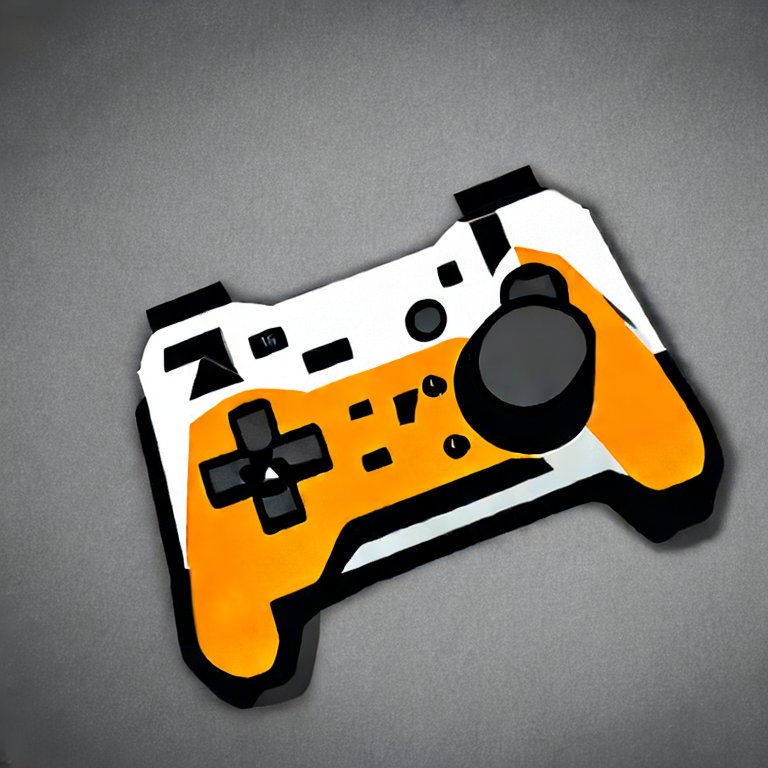Japan’s patent office has rejected a Nintendo application related to its Palworld lawsuit, citing a lack of originality. The decision raises questions about the validity of several Nintendo patents describing creature capture systems that are central to the company’s complaint against Palworld.
…
In late October 2025, the Japan Patent Office rejected Nintendo’s patent application no. 2024-031879, which is related to the family of creature-capture patents that Palworld is accused of infringing. A JPO patent examiner found that the application lacks originality to be deemed an invention, citing prior art such as Monster Hunter 4, ARK: Survival Evolved, gacha browser game Kantai Collection, Pocketpair’s own Craftopia, and even Pokemon GO. All of those were released prior to the December 2021 priority date from the rejected application.
Nintendo has 60 days from the date of its rejection notice to amend its application or appeal the decision, giving it until late December 2025 to do so. Since the application isn’t cited in the Palworld patent lawsuit directly, its rejection won’t have a direct impact on the ongoing case. However, as explained by Games Fray’s analyst Florian Mueller, the newly rejected application is a “key building block” in Nintendo’s strategy to capture a wide range of creature-capture system implementations. It is the child of patent JP7493117 and the parent of JP7545191, both of which are cited in Nintendo’s complaint.
tl:dr;
The Nintendo v PalWorld lawsuit is still on going, but Nintendo has been told it’s attempt to patent the concept of a capturable and summonable creature is invalid, in Japan.
As part of their ongoing lawsuit, Nintendo is claiming PalWorld has violated those… now invalid patents, so Nintendo’s overall case against PalWorld is now significantly more weak.



So, you read:
And came away with:
… I don’t know what to say other than I feel you are wrong, the parts of JP545191 that are reliant on its parents would or could now be rejected, possibly, rendering JP545191 only partially valid, in some regards, not its totality.
So… that that is even a possibility now does mean that Nintendo’s position in the PalWorld lawsuit is weaker.
But, I will thank you for the correction on how Reiwa … uh, counting works, lol.
So its like… “year 6 of current era”, which began in 2019. Got it!
Thanks!
Thing is, the heading says that the reason the child patent is filed is specifically to make its claim still stand even if the parent patent is invalidated. I would expect that Nintendo’s big-suit lawyers have engineered the patent to have minimal overlap with parts that may be invalidated. Child patents are not for amending the original patent’s claims but to file a new ones.
Here are the other reasons the documented said you might want to file a child patent: